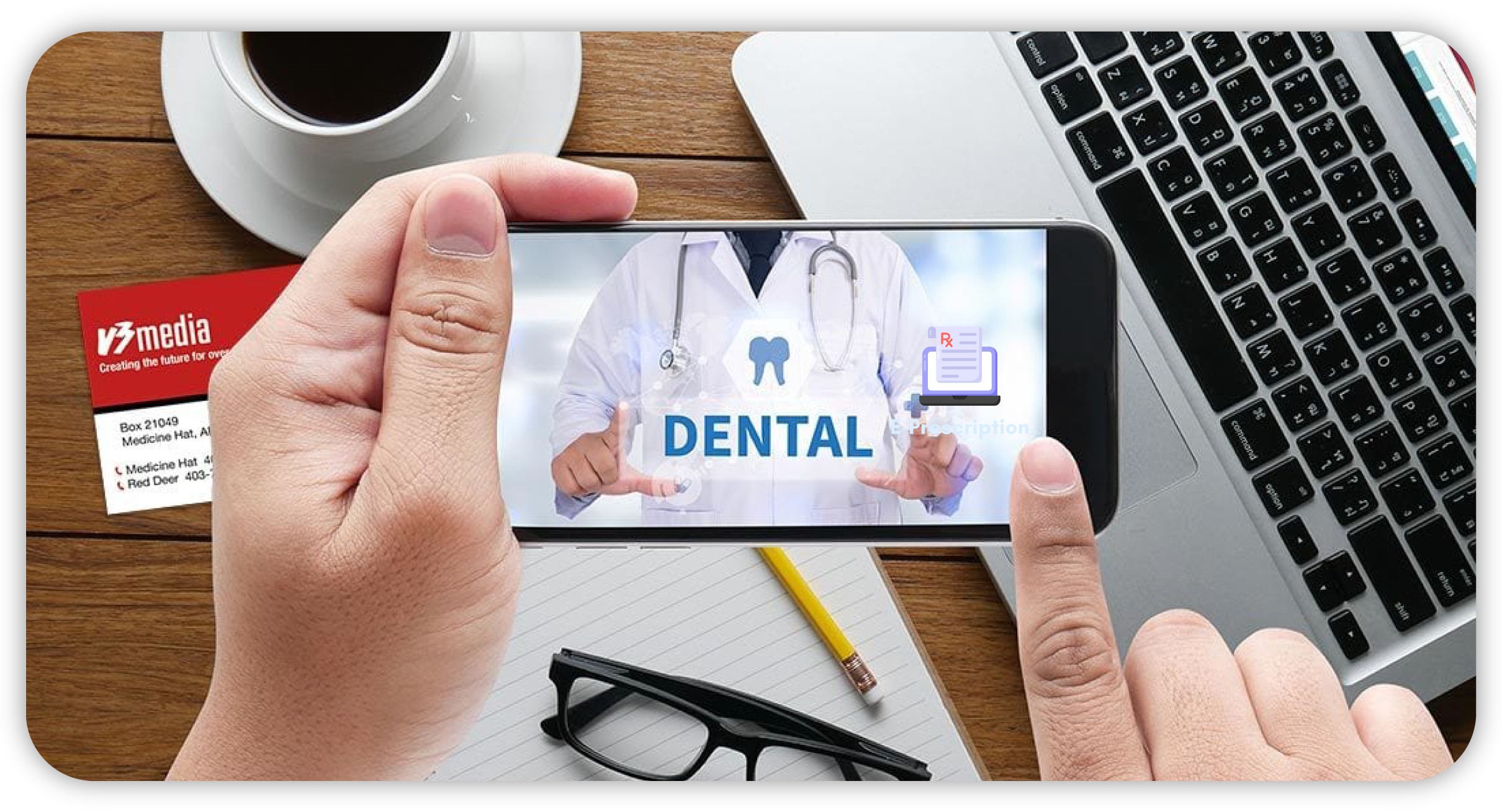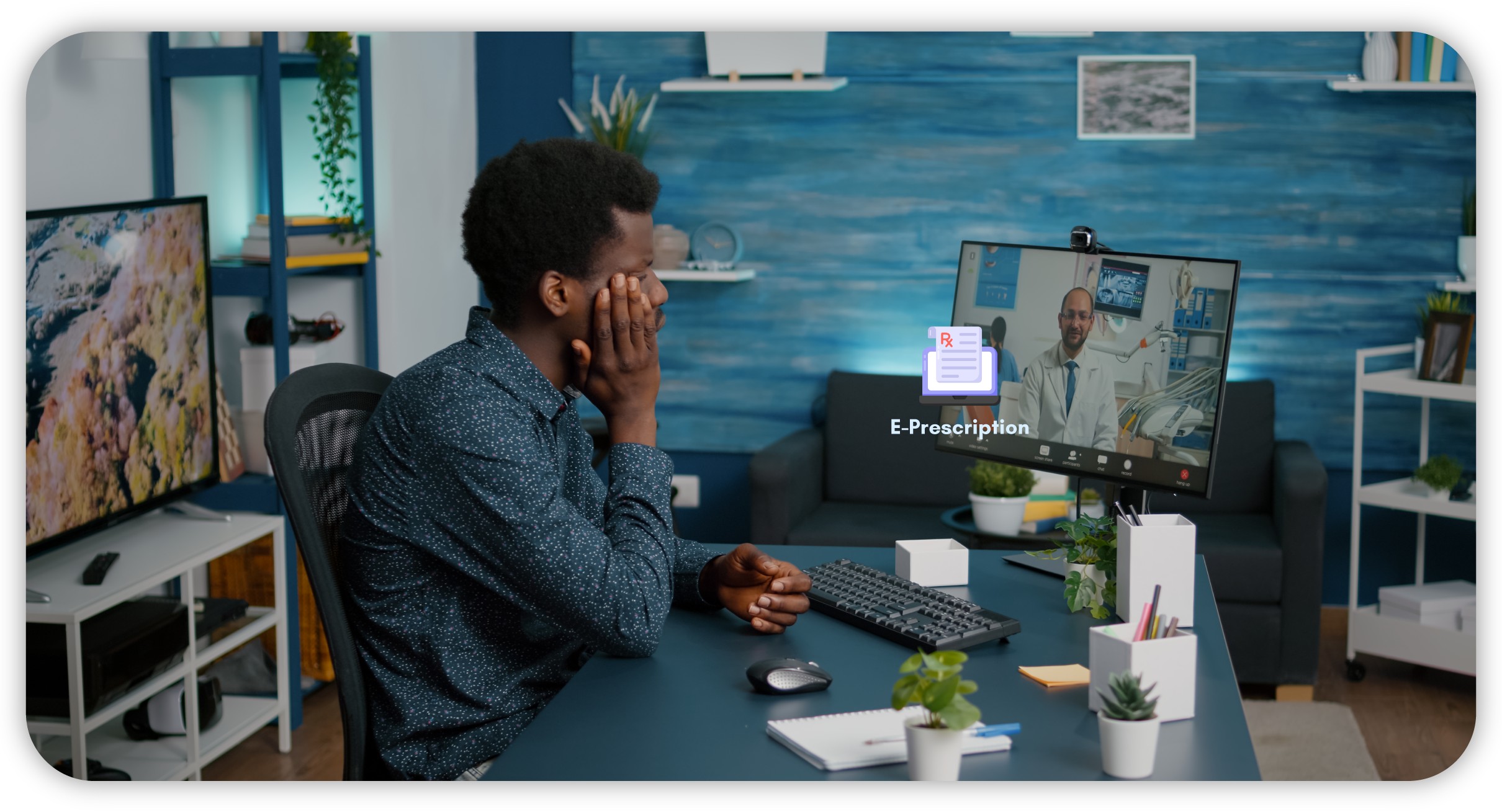
Today, dentists of all the disciplines in medicine are straddling the unchartered waters of telemedicine quickly and with aplomb. And this has been precipitated in no unequal measure by the COVID 19 pandemic that gripped the whole world since the start of 2020. There are obvious challenges for dentists in practicing telemedicine, however, they are finding it useful for several patient conditions and follow-up consultations. And that is the reason that even post COVID, we expect teledentistry to grow in leaps and bounds.
Impact of Covid
During the COVID, Patients benefited considerably by telemedicine by discussing their dental issues from the safe confines of their homes and went to the clinic only if it was necessary. This meant that patients were able to access care by using telemedicine even if at times clinics were closed. Reports released by dental organizations revealed that the number of people opting for teledentistry to seek dental advice has risen at a significant pace in the post-pandemic world. As per the recent report by the Agency for Healthcare Research and Quality (HRQ), dental practitioners with telehealth services we’re able to remotely evaluate patients, provide problem-focused solutions, share recommendations and urgent care evaluations, offer pharmacological management, and even follow up on emergency care.
According to one source, around 65% of dental visits are for post-treatment consultation or second opinion. Tele-dentistry can play a significant role in offering access to quality care in both post and pre-treatment consultations while saving the hassle and time that a physical visit would require.
As per the norms being set by the World Health Organization (WHO), it is ideal to have at least one qualified dentist to serve a population of around 7500. In India, there are scores in the rural areas that have to travel long distances to get quality treatment, even in case of an emergency. Quality treatments are still inaccessible in many states and regions in the country. As per the Indian Dental Association (IDA) J&K branch report, the state has only one qualified dentist for a population of around 28000. All these issues and challenges can be tackled easily with the help of virtual consultations. One can argue the case for increasing the number of doctors, but given existing and pipeline infrastructure, that will take its own time and hence telemedicine and teledentistry is one way that quality care reaches the needy in rural areas too. Tele-dentistry provides a solution to provide quality dental treatment in underserved areas as it cuts via the location barriers and makes quality treatment accessible.

Technological Developments
While doctors and patients alike are now accepting the benefits of teledentistry, there are other technological developments also taking place that have the potential to help the entire ecosystem of teledentistry. By use of AI and ML (short for Artificial Intelligence and Machine Learning), there are applications that can advise on patients’ oral hygiene by taking a picture of the affected area. Understandably, such solutions still have miles to go, but it’s surely an indication of things to come.
The number of people utilizing teledentistry and virtual care solutions will only increase as more technology is put into application in the health sector and the lives of people. Experts note that teledentistry is highly effective and efficient for the dental service provider as the cost of setup is minimal, and it enables dentists to have access to a greater number of patients to provide the utmost quality care. Teledentistry will not replace the clinic set up as both have their own necessities, however, it will surely complement the clinic set-up and make it more efficient.

